X
wikiHow is a “wiki,” similar to Wikipedia, which means that many of our articles are co-written by multiple authors. To create this article, 14 people, some anonymous, worked to edit and improve it over time.
This article has been viewed 191,675 times.
Learn more...
Though many have been taught that the ability to roll your tongue is reliant on genetic factors, studies have shown that this trait can be learned.[1] Genetics might have actually little to do with your ability to do this![2] [3] So forget what you might have been told about being able to roll your tongue and get ready to train your tongue muscles!
Steps
Part 1
Part 1 of 2:
Preparing to Tongue Roll Upside Down
-
1Wash your hands. During the course of your preparation for rolling your tongue upside down, you will probably have to touch your tongue at some point or guide it into the desired shape. Wash your hands before touching your tongue to prevent the spread of germs and bacteria.[4]
-
2Gather a clean towel or some paper towel. It is common while practicing this kind of trick to drool on yourself or your fingers. If your fingers are too slippery, it may make it difficult for you to guide your tongue into the shape you want. Have a towel or paper towel on hand so you can wipe your hands or face.Advertisement
-
3Roll your tongue into a tube shape. To accomplish this, you will have to roll the opposite sides of your tongue to the inside until each meet. Now your tongue should make a tube shape in your mouth. Extend your tongue out from between your lips while doing this and hold the rolled position.
- If you have difficulty rolling the opposing sides of your tongue into the tube shape, use your fingers to guide the shape of your tongue. Push the edges up and round your lips so as to support your finger shaped tongue. Practice this motion regularly for several seconds at a time to build mouth/tongue flexibility.
- You can also gently push the middle of your tongue downward with your finger or a tongue depressor, allowing the sides of your tongue to curl along your finger or depressor. Shape your mouth in an "O" and extend your tongue out of your mouth while holding this position. Practice this motion regularly for several seconds at a time to build mouth/tongue flexibility.
- You might also use a clean writing or eating utensil to guide your tongue into the rolled shape.
- As rolling your tongue becomes easier, you should remove your guides (fingers, tongue depressor, etc.). Your goal should be to roll your tongue and peek it outside of your mouth fully rolled.
-
4Exercise your range of motion with your tongue rolled. Now that you have trained your tongue muscles to roll in a tube shape without the support of an object or your fingers, you will need to exercise your tongue's range of motion. Rolling your tongue upside down will require you to move your tongue in a way that may feel unnatural; only practice can make this easier.
- Reach your rolled tongue as far to the left and right as you can. Pushing the limits to your tongue's range of motion will further extend those limits.[5]
- Open your mouth wide and move your tongue up and down while rolled. Once this becomes more comfortable, try to move your rolled tongue in a diagonal pattern from upper right to lower left and vice versa.
- Try to change the orientation of your tongue. This will likely be the most difficult of your tongue exercises. The normal tongue roll is vertical so that the opposing edges of your tongue meet above the middle of it. Twist your tongue to the left and the right while holding your tongue roll.
- Your goal with this exercise is to turn your tongue horizontally, so that the opposing edges of your tongue meet toward a corner of your mouth. Even if one side is easier than the other, exercise both sides until twisting your tongue roll becomes easier.
Advertisement
Part 2
Part 2 of 2:
Rolling Your Tongue Upside Down
-
1Evaluate each side of your mouth. At this point, you may have noticed that your tongue moves/twists more easily on one side of your mouth than the other. This is most likely your dominant side, and it will be easier for your to turn your tongue upside down on this side.
-
2Twist your tongue onto its side. Chances are this action will feel foreign to you at first, but with practice it will become more natural. You may need to exercise your tongue's flexibility before you are able to orient your tongue so that the opposite edges meet horizontally toward the corner of your mouth.
- When you have successfully mastered this, your taste buds (the top of your tongue) will be pointed toward the corner of the mouth on the side of your mouth which you feel most comfortable.
-
3Use your teeth to guide your tongue. Using your upper teeth, gently begin twisting your tongue farther toward the bottom of your mouth. Try to hold this position for several seconds before releasing.
- As you become more comfortable twisting your tongue in this fashion, start attempting to make the motion without using your teeth. In this way, you will train the muscles of your tongue in a new range of motion.
- When you can roll your tongue and twist it so that your taste buds are oriented mostly toward the bottom of your mouth, you have successfully rolled your tongue upside down, though you may only be able to hold this position for a few seconds at first. More practice will give you more control.
-
4Hold your upside down roll. Without using your fingers or teeth, roll your tongue and twist it in the direction most comfortable to you. If you can control this position, holding it for several seconds, you have successfully trained the muscles of your tongue to perform the upside down tongue roll.
Advertisement
Warnings
- Your tongue is rather delicate, so if it begins to hurt stop immediately.⧼thumbs_response⧽
- Don't attempt this if you have had/have injuries to the mouth and/or jaw.⧼thumbs_response⧽
- Training your tongue in a range of motion unnatural to you can take time and practice. You may need to practice for a while before you are able to do this.⧼thumbs_response⧽
Advertisement
References
About This Article
Advertisement
-Step-1-Version-2.webp)
-Step-2-Version-2.webp)
-Step-3-Version-2.webp)
-Step-4.webp)
-Step-5.webp)
-Step-6.webp)
-Step-7.webp)
-Step-8.webp)
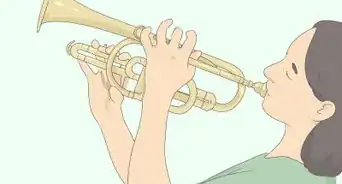
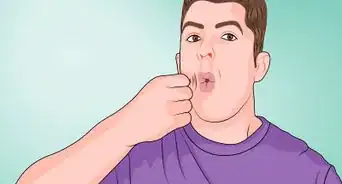
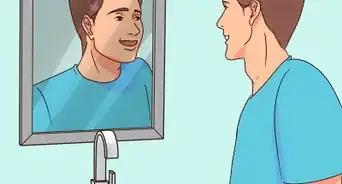

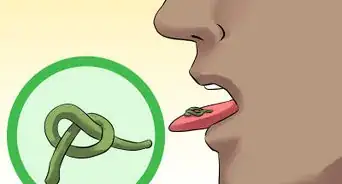
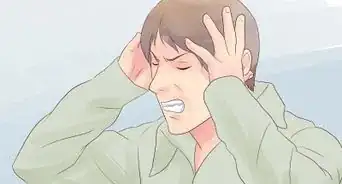
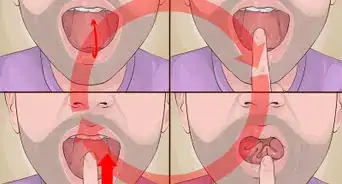
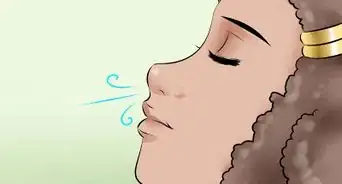
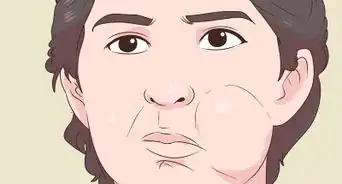






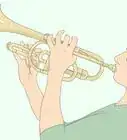
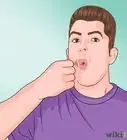
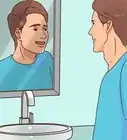
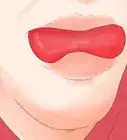



































Medical Disclaimer
The content of this article is not intended to be a substitute for professional medical advice, examination, diagnosis, or treatment. You should always contact your doctor or other qualified healthcare professional before starting, changing, or stopping any kind of health treatment.
Read More...